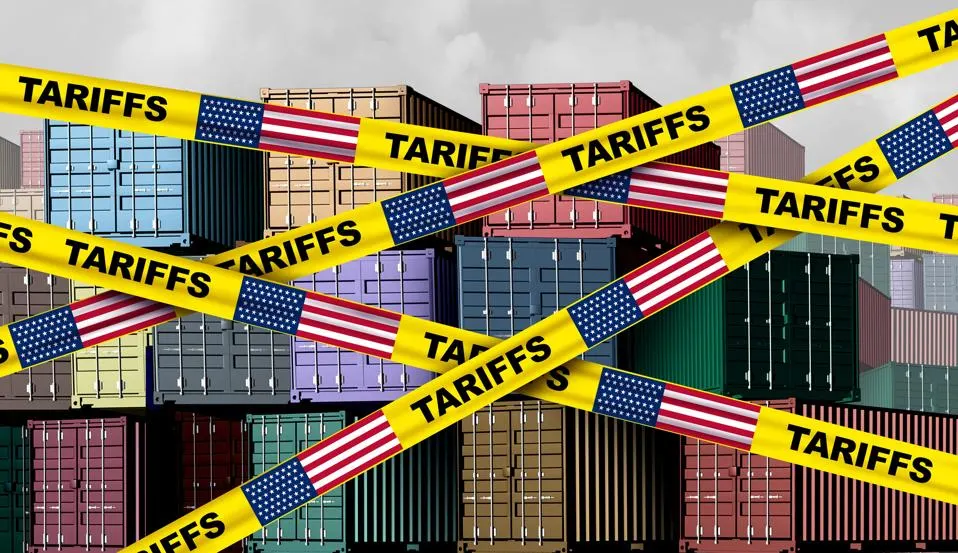
Companies, consumers, and investors are all trying to make sense of the Trump administration’s rapidly evolving tariff policy. With prices already rising for all sorts of goods and services, and more tariffs potentially on the way, a customer experience (CX) challenge looms for many businesses.
Beyond the delicate exercise of deciding if, when, and how to raise prices — what should organizational leaders do to help their firms navigate these waters and come out stronger on the other side? Below are four important approaches to take:
1. Accentuate value.
Many businesses will likely need to raise prices to offset increased costs triggered by the tariffs. Even if your business doesn’t raise prices, your customers will be feeling financial strain from all the others who are.
So, whether your company is raising prices or not, leaders would be wise to accentuate the value of their offering through various forms of customer messaging (e.g., sales materials, marketing collateral, post-sale communications, etc.). To be clear, that’s not about focusing on price – it’s about emphasizing the benefits customers derive from your existing offering, no matter what the price point. For example: a streaming service promoting its breadth of content, an auto dealer accentuating its no-hassle purchase process, or a homebuilder highlighting the flexibility of its floorplans.
The more customers recognize the value you bring to them, the less price sensitive they’re likely to be – which is helpful when their budgets tighten, or your prices rise.
2. Reevaluate what’s relevant.
During periods of economic dislocation (triggered by things like new tariffs, recessions, or surges in unemployment), it’s important for every company to reevaluate what’s most relevant to their current and prospective customers. What was important to those constituencies last week may have little relevance today. And something they never paid any attention to previously might now be top of mind.
3. Give customers the perception of control.
It’s human nature that we like to be in control of what’s going on around us. When we don’t have that sense of control, whatever experience we’re going through feels less pleasant as a result. Price hikes (whether driven by tariffs or some other factor) rob customers of their sense of control. This exacerbates the adverse emotional impact of price increases because customers feel railroaded, with no levers available to them for influencing the situation.
While, in truth, customers don’t really have control over pricing, what a business can give them is the “perception of control” over the price paid. Accomplish this by giving the customer options for mitigating the price increase — by offering, for example, a substitute product that’s subject to a lower tariff, or a less feature-laden product that’s available at a lower price point.
Those alternatives may not be suitable to the customer, and they might choose to stick with their original product selection despite the higher, tariff-inflated price. Nevertheless, they’ll typically feel better about that outcome, given the perception that they had some degree of choice in the matter.
As data from the Great Recession vividly illustrates, when it comes to navigating periods of economic distress, businesses that excel in customer experience outperform their peers. If companies lose sight of that, and start neglecting their customer experience, they’ll end up paying a price that far exceeds the cost of a tariff.